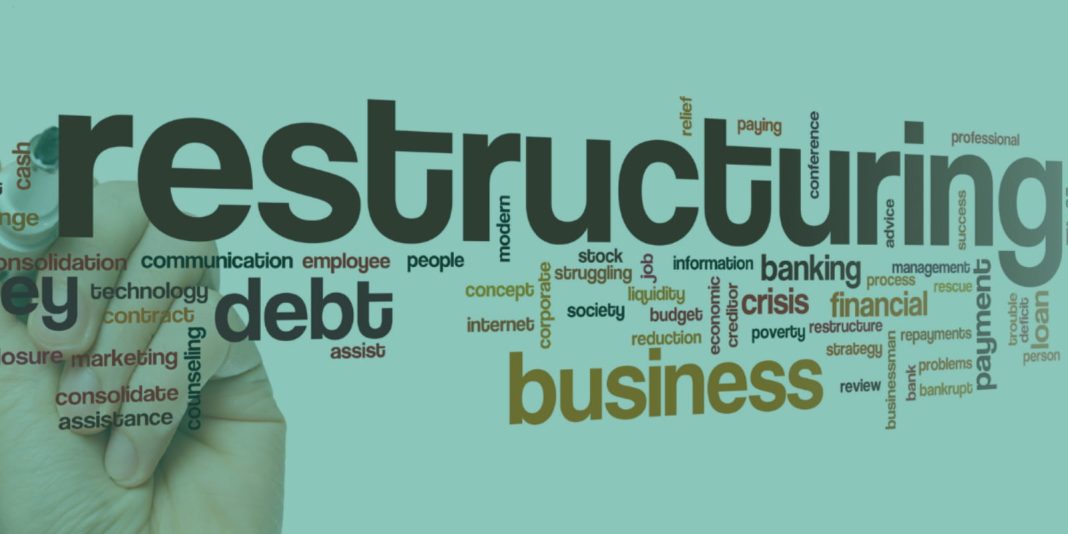 Red Lobster, the popular seafood chain, has announced that it has filed for bankruptcy and is actively working to downsize its operations and find a buyer. This news comes after CNBC reported last month that Red Lobster was struggling due to a heavy debt burden and long-term leases. To help navigate this challenging period, the company has appointed Jonathan Tibus, a restructuring expert and managing partner at Alvarez & Marsal, as its CEO.
Red Lobster, the popular seafood chain, has announced that it has filed for bankruptcy and is actively working to downsize its operations and find a buyer. This news comes after CNBC reported last month that Red Lobster was struggling due to a heavy debt burden and long-term leases. To help navigate this challenging period, the company has appointed Jonathan Tibus, a restructuring expert and managing partner at Alvarez & Marsal, as its CEO.
In a statement released on Sunday, Tibus emphasized that the restructuring process is the best course of action for Red Lobster. He stated, “This restructuring is the best path forward for Red Lobster. It allows us to address several financial and operational challenges and emerge stronger and re-focused on our growth.” Tibus also expressed gratitude for the support received from lenders and vendors, which will aid in completing the sale process efficiently while maintaining a focus on employees and guests.
While this news may come as a surprise to many loyal customers, it is important to understand the factors that have led to Red Lobster’s decision. The significant debt and long-term lease obligations have put a strain on the company’s finances, making it necessary to take proactive measures to ensure its long-term viability.
Bankruptcy filings can be a strategic move for businesses facing financial difficulties. By filing for bankruptcy, companies have the opportunity to restructure their debts and obligations, potentially reducing their financial burden and creating a more sustainable business model. This process often involves downsizing operations, closing underperforming locations, renegotiating leases, and seeking new investors or buyers.
For Red Lobster, the goal of this bankruptcy filing is to emerge from the process as a leaner and stronger company. By addressing their financial and operational challenges head-on, they hope to position themselves for future growth and success in an ever-evolving market.
It’s worth noting that Red Lobster’s struggles are not unique to the restaurant industry. In recent years, several well-known chains have faced similar challenges due to changing consumer preferences, increased competition, and rising costs. The COVID-19 pandemic has further exacerbated these issues, forcing many businesses to rethink their strategies and adapt to new market conditions.
Despite the bankruptcy filing, Red Lobster remains committed to its employees and guests. The company’s focus on ensuring a smooth sale process indicates their dedication to minimizing disruption and maintaining a positive experience for all stakeholders involved.
As this story continues to develop, it is important to stay informed about the updates and progress of Red Lobster’s restructuring efforts. By doing so, customers and industry observers can gain valuable insights into the challenges faced by businesses in the current economic climate and the strategies employed to overcome them.
In conclusion, Red Lobster’s decision to file for bankruptcy is a strategic move aimed at addressing their financial and operational challenges. Through this process, the company hopes to emerge stronger and more focused on growth. As consumers, it is crucial to remain knowledgeable about these developments and support businesses as they navigate difficult times.

